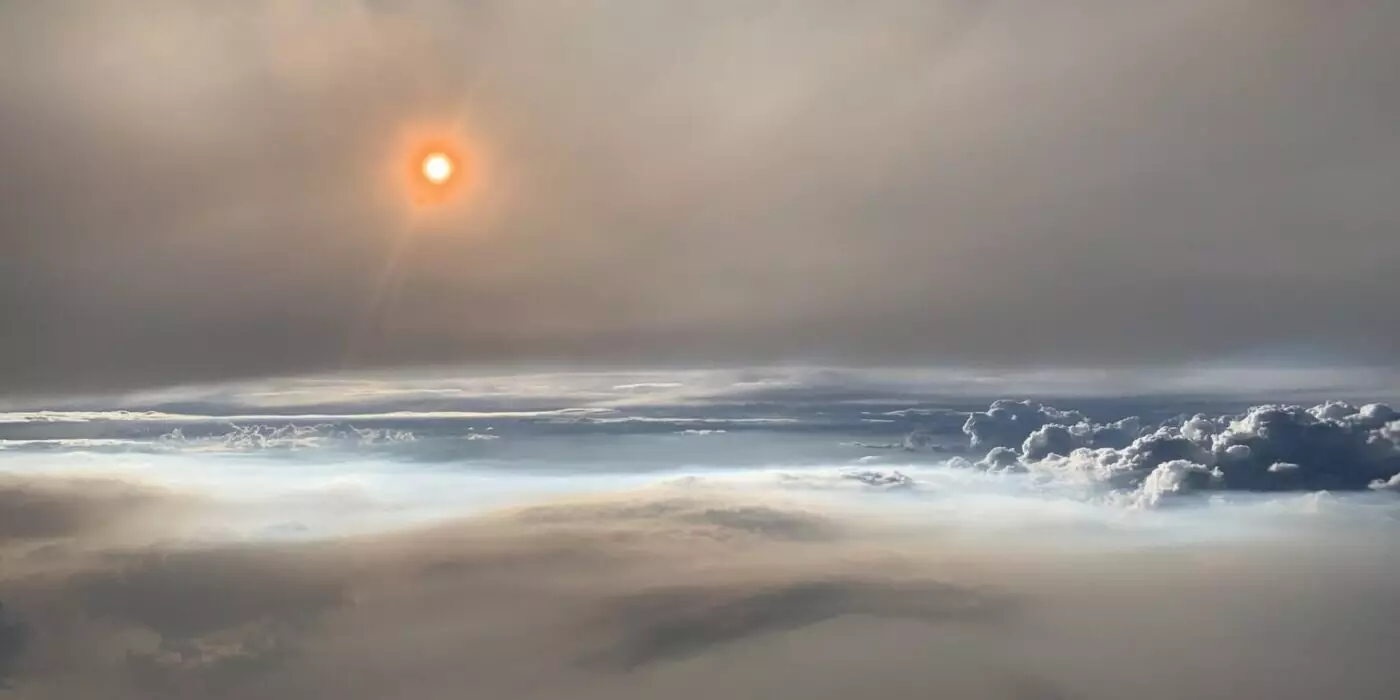As global temperatures continue to climb, the rate of wildfires is escalating, leading to profound consequences for our atmosphere. Among the plethora of pollutants released during these catastrophic events, black carbon stands out as a formidable contender in the warming race. Though long recognized for its highly effective heat-trapping abilities, scientists are only just beginning to understand the intricate role that black carbon plays, particularly within pyrocumulonimbus (pyroCb) clouds formed by intense wildfires. Recent research from Washington University in St. Louis has made significant strides in quantifying the radiative impacts of this dark soot in the upper atmosphere.
The Dangers of Pyrocumulonimbus Clouds
When wildfires burn with ferocity, they can generate pyroCbs—towering storm clouds that penetrate the upper layers of the atmosphere. These clouds serve as conduits for black carbon, releasing it into the upper troposphere and lower stratosphere, where it can linger for months at a time. This phenomenon presents a unique dilemma: how do we accurately gauge the effect of black carbon in these elevated regions? Rajan Chakrabarty and his team have sought to unravel this mystery through an innovative approach that combines aerial measurements with advanced modeling techniques.
Understanding Black Carbon: More Than Just Soot
At its core, black carbon represents a carbonaceous material released during incomplete combustion. While many associate black carbon with industrial pollution or urban smog, the study highlights a startling differentiation in its properties based on its source. The research demonstrates that black carbon particles originating from pyroCbs absorb sunlight at rates double those from smaller, less intense fires or urban environments. This distinction is crucial, as it implies that pyroCb black carbon is significantly more detrimental to the climate than previously understood.
The potency of black carbon from these thunderstorm clouds has far-reaching implications. By integrating data on the mass and morphologies of individual particles, researchers have created a precise model that provides key insights into how much sunlight and, consequently, heat these particles absorb in the atmosphere.
The Global Implications of Stratospheric Black Carbon
The implications of these findings extend globally. PyroCb events, particularly those from recent years in Canada and Australia, have shown how black carbon can be transported over vast distances, altering dynamic circulation patterns and radiative forcing across hemispheres. Chakrabarty estimates that today, pyroCbs contribute a staggering 10% to 25% of the black carbon present in the lower stratosphere. This statistic underscores the urgency of understanding black carbon’s behavior, revealing how it changes climate dynamics on a planetary scale.
An unexpected consequence of black carbon’s longevity in the stratosphere is its potential to modify weather patterns, from altering precipitation rates to impacting temperature distributions. This interconnected web of influences signifies that black carbon is not merely a localized problem but rather a global challenge demanding immediate attention.
The Call for Further Research
Despite the significant advances made through this research, the science of black carbon in pyroCbs remains in its infancy. To bolster climate models and better predict stratospheric warming, further measurements and studies are essential. Chakrabarty emphasizes that direct measurements of black carbon light absorption are pivotal in refining climate predictions. As researchers aim to clarify these components, it is crucial for the global community to recognize the challenges posed by such pollutants.
In sum, black carbon emitted during wildfires is much more than a mere byproduct of combustion. Its enhanced absorption properties in the context of pyroCbs place it at the forefront of climate change discussions. As the landscape of wildfires and their impact on the atmosphere continues to evolve, the scientific community must urgently prioritize understanding black carbon’s role to mitigate its dangerous contributions to our warming world. The journey to comprehend this perilous pollutant can pave the way for more effective climate action and larger systemic changes to combat the ongoing climate crisis.


Leave a Reply